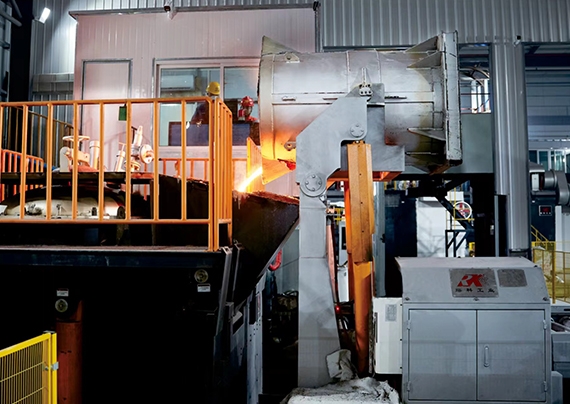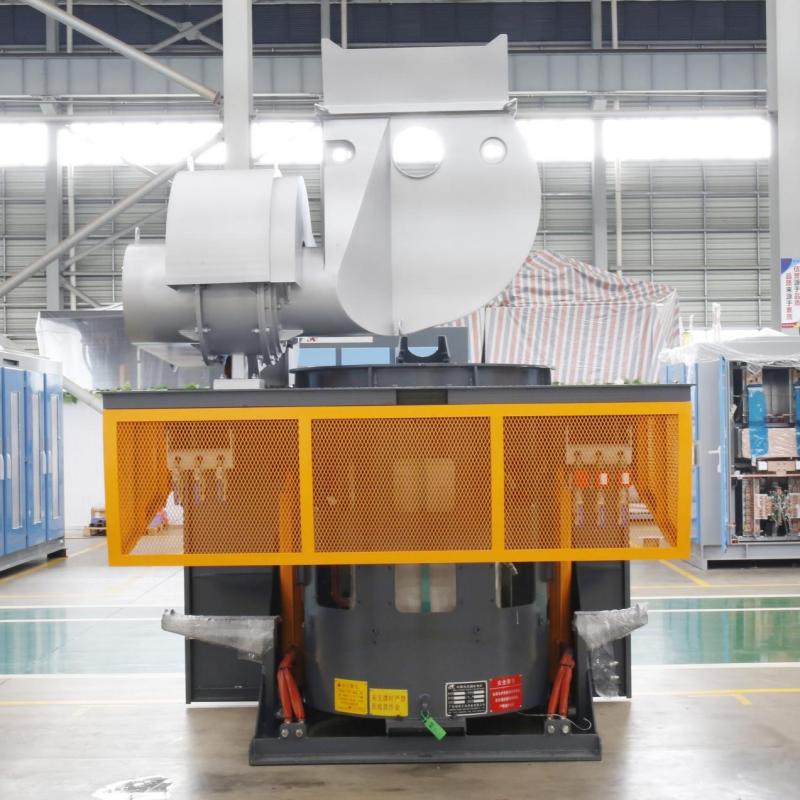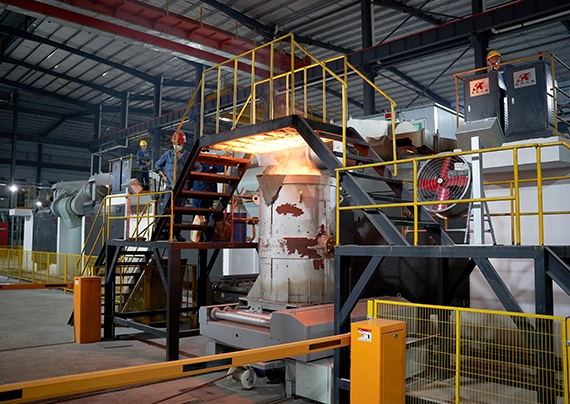
Steel Melting Furnace: How Furnaces Impact Cost and Production
In the steel manufacturing industry, precision, speed, and cost management are crucial for success. Steel melting furnaces play a pivotal role in achieving these goals, serving as the core machinery that transforms raw materials into steel. Among the advanced technologies available, the Intermediate Frequency Coreless Induction Furnace stands out for its innovative design and efficiency. This furnace offers numerous benefits, including reduced production costs and maximized output, making it an ideal choice for modern steel producers. Guangdong Rongke Industrial Equipment Co., Ltd., a leading supplier, demonstrates how the right equipment can significantly enhance steel production efficiency and sustainability.
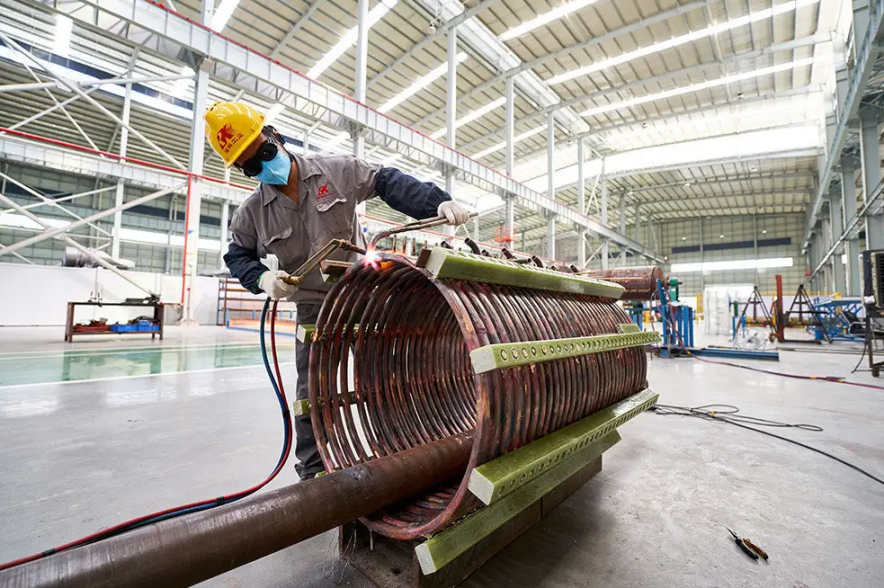
The Steel Melting Industry: Current Status and Emerging Demands
An Overview of Steel Melting in Contemporary Industry
As a fundamental material in various industrial sectors, steel plays an indispensable role across fields such as construction, automotive manufacturing, and broader industrial applications. The steel melting process, a critical phase in transforming raw elements into highly durable end products, has seen a dramatic increase in global demand. This surge is primarily fueled by rapid urbanization, industrial expansion, and technological advancements.
At the heart of this process, steel melting furnaces, operating at extreme temperatures to convert scrap steel or iron into molten metal, are indispensable. Moreover, as environmental challenges and production requirements evolve, the necessity for energy-efficient furnace systems has grown considerably. Companies like Guangdong Rongke Industrial Equipment Co., Ltd. have become pivotal in meeting this expanding need by providing cutting-edge furnace technologies, thereby supporting a rapidly changing global marketplace.
Escalating Demand for Superior Steel
As the global industrial landscape continues to evolve, the need for high-grade steel has intensified, particularly within highly specialized sectors such as aerospace, defense, construction, and automotive manufacturing. These industries demand steel with tailored properties, often characterized by exceptional strength, durability, and safety features. Traditional steel melting technologies, while historically effective, are increasingly strained by the heightened requirements for purer, stronger, and more versatile steel.
In response, manufacturers are seeking more advanced furnace systems capable of melting steel not only with heightened efficiency but also with minimized environmental impact. This drive is motivated by stricter regulatory frameworks aimed at curbing emissions and the industry’s overarching goal of reducing operational costs through greater energy efficiency. Guangdong Rongke Industrial Equipment Co., Ltd. has risen to prominence in this context, offering a range of adaptable steel melting furnace solutions that cater to both smaller enterprises and large-scale producers, addressing the varied and complex needs of these diverse industries.
Key Challenges Facing the Steel Melting Sector
Despite a consistent rise in demand for steel, the industry is confronted by several significant obstacles that complicate production processes. Foremost among these is the environmental footprint of steel melting, an energy-intensive process notorious for generating substantial carbon dioxide and other pollutants. With the growing rigor of environmental regulations, steel manufacturers face increased pressure to implement cleaner technologies while ensuring that efficiency and product quality are not compromised.
Compounding these environmental challenges is the volatility in the cost of raw materials, particularly scrap steel, which serves as a crucial input for electric arc furnaces. Fluctuations in raw material pricing can sharply elevate production costs, forcing manufacturers to search for more cost-effective, efficient solutions. Companies like Guangdong Rongke Industrial Equipment Co., Ltd. are addressing these hurdles by designing advanced furnaces that prioritize optimized resource utilization, reduce overall energy consumption, and ensure the production of high-quality steel. Through these innovations, industries are better positioned to navigate both the financial and environmental complexities that define the modern steel melting landscape.
Future Trends in Steel Melting Technology
Enhancing Energy Efficiency and Sustainability
The steel melting industry’s future is increasingly defined by the demand for energy-efficient and sustainable production methods. Rising energy costs are driving manufacturers to adopt technologies that can curb power consumption while keeping productivity high. This shift is moving toward more sophisticated furnace designs that integrate renewable energy sources and improved heat recovery systems to minimize waste.
A key advancement in this area is the growing use of electric arc furnaces (EAFs), which outperform traditional blast furnaces in terms of energy efficiency and lower carbon emissions. Guangdong Rongke Industrial Equipment Co., Ltd. is leading this shift by offering cutting-edge EAFs. These furnaces not only comply with environmental regulations but also provide the flexibility to use a broader range of raw materials, including scrap steel, which enhances their utility in production.
In addition, there is increasing interest in integrating renewable energy sources like solar and wind into steel melting operations. By incorporating these clean energy solutions, manufacturers can significantly reduce the carbon footprint of steel production, moving toward a more sustainable long-term model.
Embracing Digitalization and Automation
The steel melting sector is progressively embracing digitalization and automation, aligning with the broader Industry 4.0 movement. Technologies such as the Internet of Things (IoT) and artificial intelligence (AI) are transforming steel production, allowing real-time monitoring and data analysis to optimize processes. These smart technologies improve the accuracy of furnace operations, reduce downtime, and help predict maintenance needs before they become costly problems.
With digital solutions in place, manufacturers can monitor furnace temperatures, track energy use, and adjust melting cycles to fine-tune performance. This results in higher-quality steel, less material waste, and lower operational expenses. Guangdong Rongke Industrial Equipment Co., Ltd. is already integrating these digital tools into its furnace designs, enabling manufacturers to sharpen their competitive edge in an increasingly automated world.
Automation further enhances safety by reducing the need for manual labor in dangerous environments. Automated systems control the steel melting process with minimal human intervention, boosting efficiency while safeguarding workers from the hazards of traditional steel production environments.
Advancing Green Technologies
Sustainability has become a central focus across industries, and steel melting is no exception. The drive to reduce carbon emissions and meet stricter environmental standards is spurring innovation in green technologies. One of the emerging trends is the development of hydrogen-based steelmaking, which holds potential for drastically lowering emissions by replacing carbon-intensive fuels with hydrogen.
Though still in its infancy, hydrogen-based furnace technology offers immense promise for the steel melting industry’s future. These furnaces operate without emitting CO2, positioning them as an appealing choice for manufacturers aiming to minimize their environmental footprint. While cost and infrastructure challenges remain, companies like Guangdong Rongke Industrial Equipment Co., Ltd. are actively exploring the integration of these eco-friendly technologies into their offerings, preparing for a more sustainable industry future.
Beyond hydrogen-based processes, carbon capture and storage (CCS) technologies are gaining traction as a method to reduce emissions from traditional steelmaking. By capturing and storing CO2 emissions from steel melting, manufacturers can minimize environmental damage while still meeting the growing global demand for steel.
Detailed Examination of the Intermediate Frequency Coreless Induction Furnace
At the cutting edge of modern steel production is the Intermediate Frequency Coreless Induction Furnace, a highly efficient furnace meticulously engineered to meet the stringent demands of today’s steelmaking industry. Utilizing advanced induction technology, this furnace enables rapid steel melting while offering a range of advantages far beyond those of traditional furnace systems. These benefits include significantly lower noise levels, enhanced energy efficiency, and a robust set of safety features designed to safeguard both workers and equipment, ensuring smoother and more secure operations.
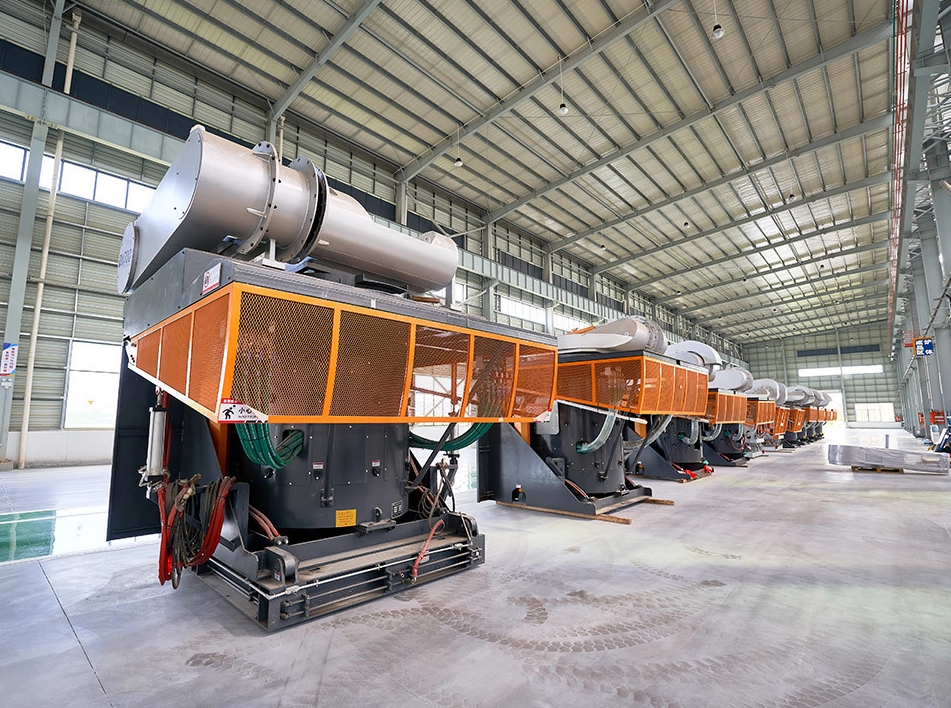
Exceptional Noise Reduction Capabilities
A key feature that sets the Intermediate Frequency Coreless Induction Furnace apart from its competitors is its remarkably low noise output. Operating at noise levels approximately 30% lower than comparable models, this state-of-the-art furnace creates a significantly quieter work environment. This substantial noise reduction not only improves working conditions for employees but also enables steel production facilities to comply with strict noise regulations, especially crucial in densely populated or urban areas.
The importance of noise control is particularly evident in steel plants, where operations often run 24/7. By minimizing noise pollution, companies can create a safer and healthier workspace for their employees, which, in turn, enhances productivity and boosts overall operational efficiency.
Fully Enclosed Furnace Shell: A Multi-Functional Innovation
The Intermediate Frequency Coreless Induction Furnace stands out with its fully enclosed furnace shell, a key design feature that serves multiple critical functions. This enclosure prevents dust contamination from infiltrating the system, which could otherwise ignite the coil, ensuring safe and efficient operation. Moreover, the closed structure acts as a secondary shield for the coil’s magnetic field, dramatically reducing magnetic radiation levels. In fact, this furnace emits just 10% of the magnetic radiation produced by comparable models, far exceeding national safety standards and significantly reducing potential health risks to workers and nearby communities.
In addition to enhancing safety, the enclosed shell also boosts the furnace’s overall durability by reducing the frequency of maintenance and extending the equipment’s operational life, ultimately increasing cost-efficiency for steel production facilities.
Energy Efficiency Optimized for Cost Reduction
Energy consumption represents one of the most significant operational costs in the steel manufacturing sector. With this in mind, the Intermediate Frequency Coreless Induction Furnace has been specifically engineered to deliver outstanding energy efficiency, making it a highly economical choice for steel producers. The furnace incorporates TU1-grade oxygen-free copper, sourced from Chinalco Luoyang Copper Co., Ltd., which is recognized for its superior quality. This high-grade copper, coupled with the furnace’s double-coil system, ensures optimal energy transfer efficiency, thereby significantly reducing energy waste and lowering overall energy costs.
The furnace’s enhanced energy efficiency not only offers financial benefits but also supports environmental sustainability by minimizing energy consumption. This, in turn, helps steel production facilities lower their carbon footprint, making the furnace an environmentally responsible option for manufacturers seeking to align their operations with eco-friendly practices.
Guangdong Rongke: A Commitment to Quality and Innovation
Guangdong Rongke Industrial Equipment Co., Ltd. has established itself as a pioneering leader in the steel melting furnace industry through its unwavering commitment to producing high-quality, innovative equipment. Since its founding in 2013, the company has rapidly expanded its operations, earning a range of prestigious certifications, including EU CE certification and ISO quality management system certification, positioning itself at the forefront of induction heating technology.
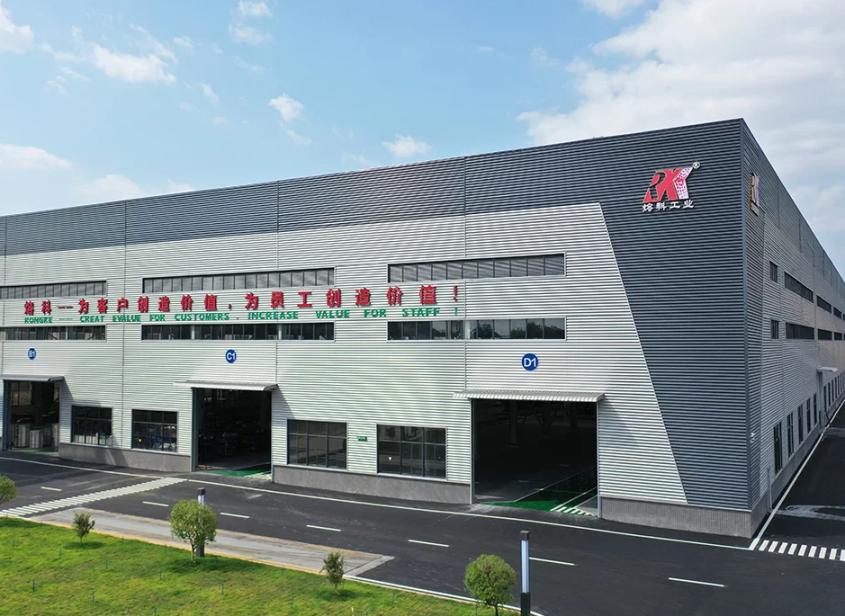
Awards and Industry Recognition
Over the years, Guangdong Rongke has received numerous industry accolades, including recognition as a “Quality, Service, and Reputation AAA Enterprise” and the title of “Low-Carbon Environmental Protection and Energy-Saving Innovation Brand”. These awards reflect the company’s dedication to sustainability and its ability to consistently deliver high-quality products that meet the evolving needs of the steel industry.
Conclusion
The Intermediate Frequency Coreless Induction Furnace from Guangdong Rongke Industrial Equipment Co., Ltd. marks a major advancement in steel melting technology. With its cutting-edge design, energy-efficient performance, and robust safety features, this furnace offers numerous benefits that help steel manufacturers lower operational costs, boost efficiency, and improve workplace safety. For steel production facilities aiming to streamline their operations while prioritizing sustainability and worker protection, the Intermediate Frequency Coreless Induction Furnace is an unquestionably smart and valuable investment.


